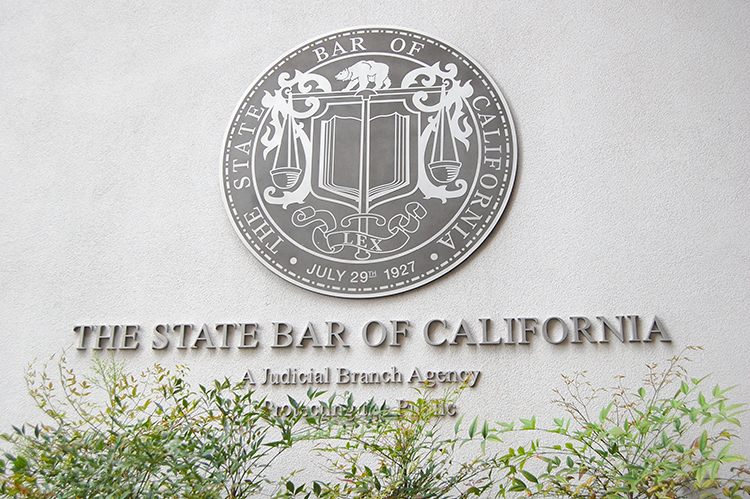Value Billing: Plunging In
When value billing comes up among lawyers, David Boies is reminded of the little boy standing at the edge of a swimming pool telling everyone he’s going to jump in.
“He keeps saying, ‘I’m going to do it, I’m going to do it,’ and it’s the same thing with law firms vowing to take the plunge into value billing,” Boies said. “Eventually they will, but it takes some buildup.”
Revenue from value billing—just about any billing arrangement not based on hourly fees—is edging upward but is still under 20 percent of total revenue, said program moderator Tea Hoffmann, chief business development officer at Baker, Donelson, Bearman, Caldwell & Berkowitz in Nashville, Tenn. And most firms don’t begin to adopt value billing until clients ask.
THE HOURLY HABIT
“Although there is a lot of talk about value billing and alter native fee arrangements,” said Boies, chairman of Boies, Schiller & Flexner out of the firm’s Armonk, N.Y., office, “most work for large firms is still billed on an hourly basis.” At his firm, nonhourly billings made up 55 percent of last year’s fees.
Hoffmann said the concept is not that new. The ABA outlined its potential benefits in a 1989 report, “Beyond the Billable Hour.” In 2008, the Association of Corporate Counsel challenged law firms to adopt value billing.
For corporate clients, value billing can be a make-or-break factor in deciding which firms they will hire, said Thomas L. Sager, senior vice president and general counsel at DuPont in Wilmington, Del. “This is the one area where you can really differentiate your firm with a Pfizer, a Wal-Mart or a DuPont.”
Boies added, “It’s a better model for the outside law firm, and it’s a better model for the client.”



